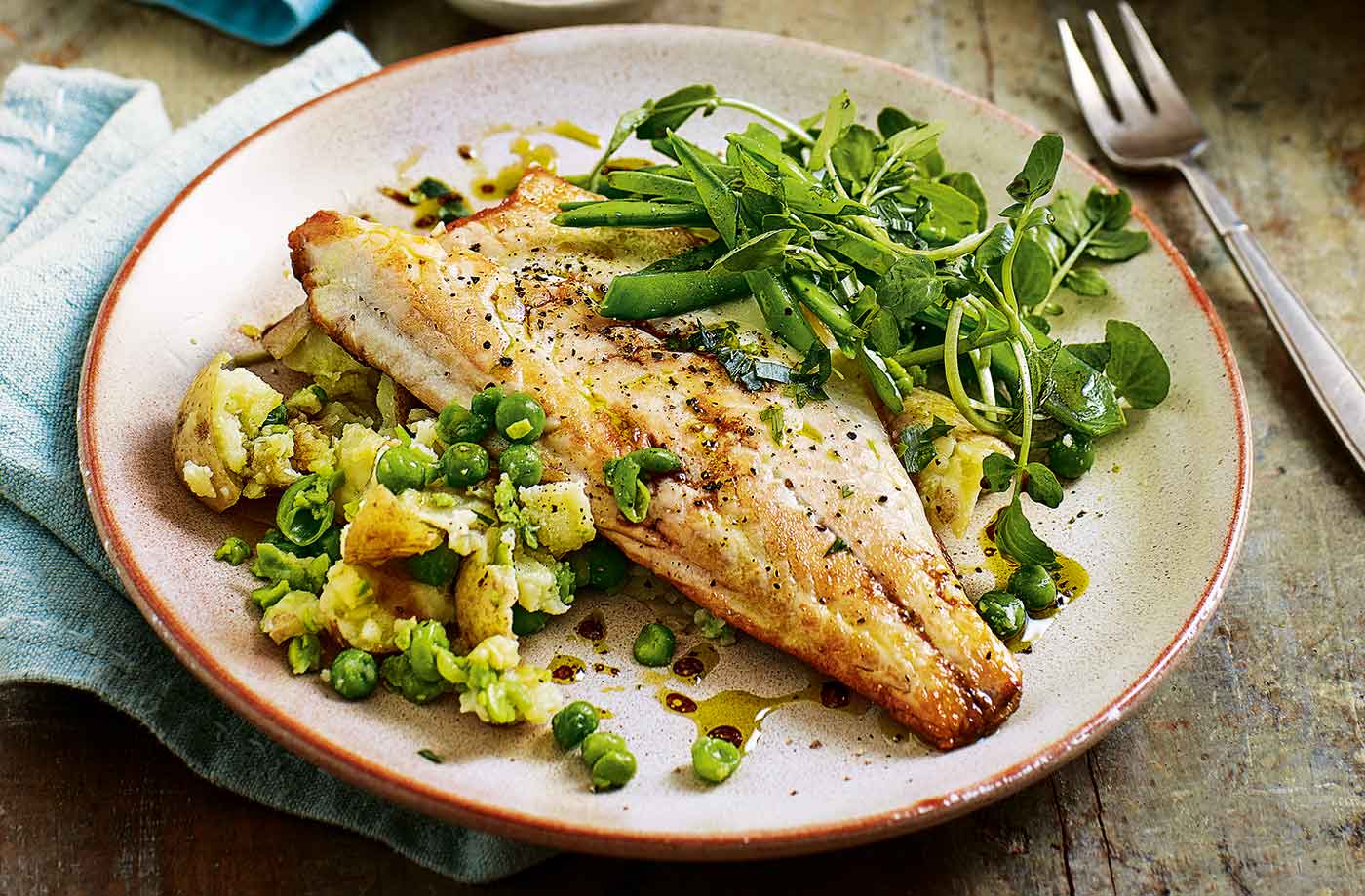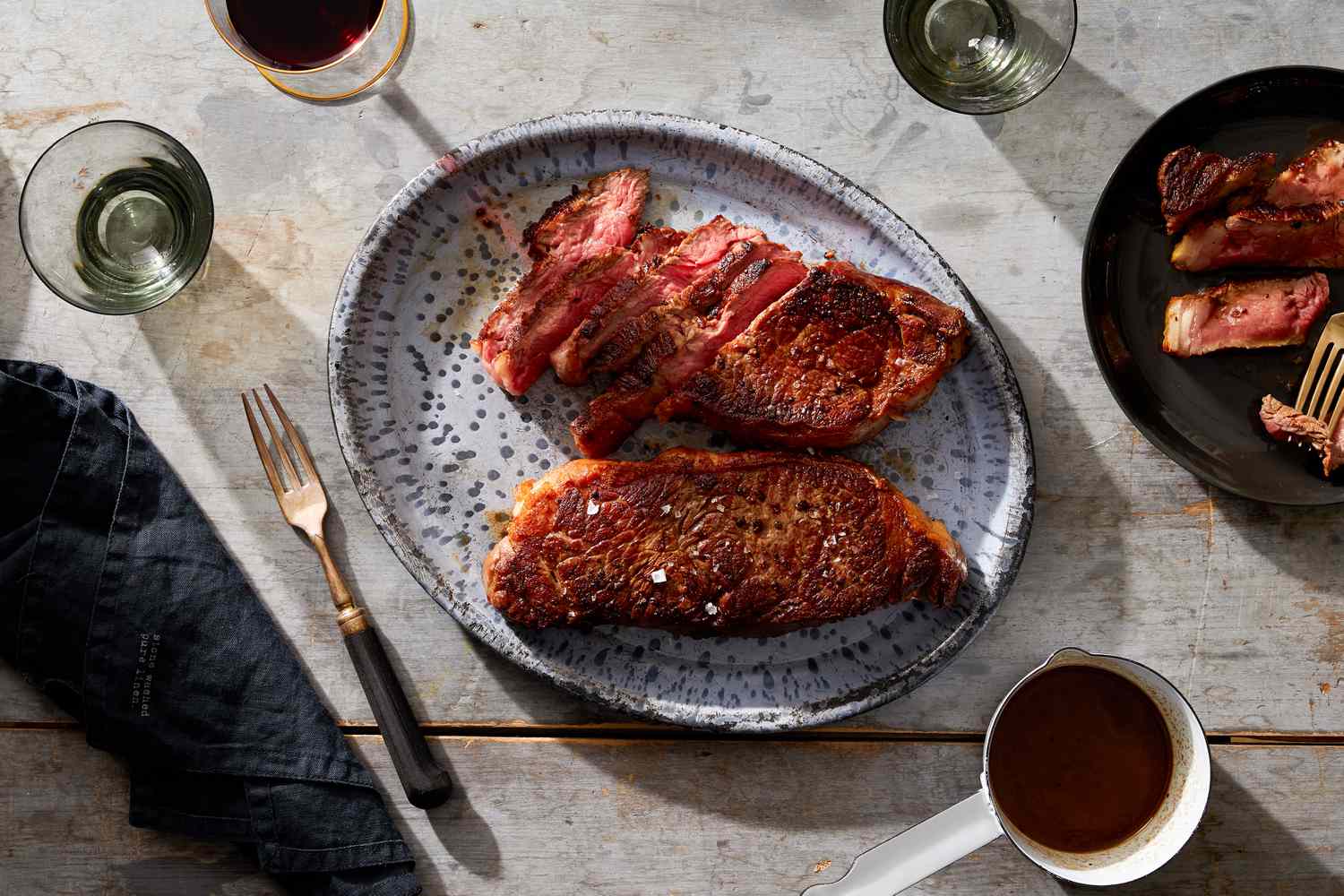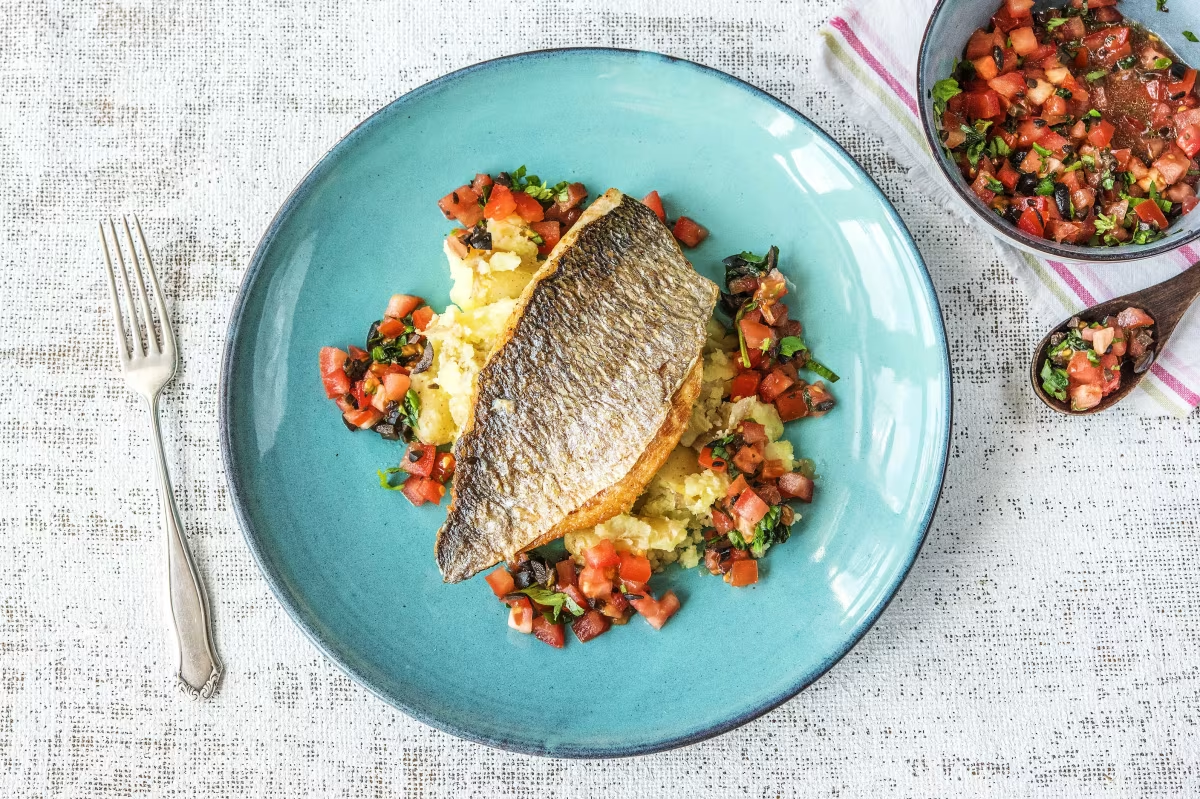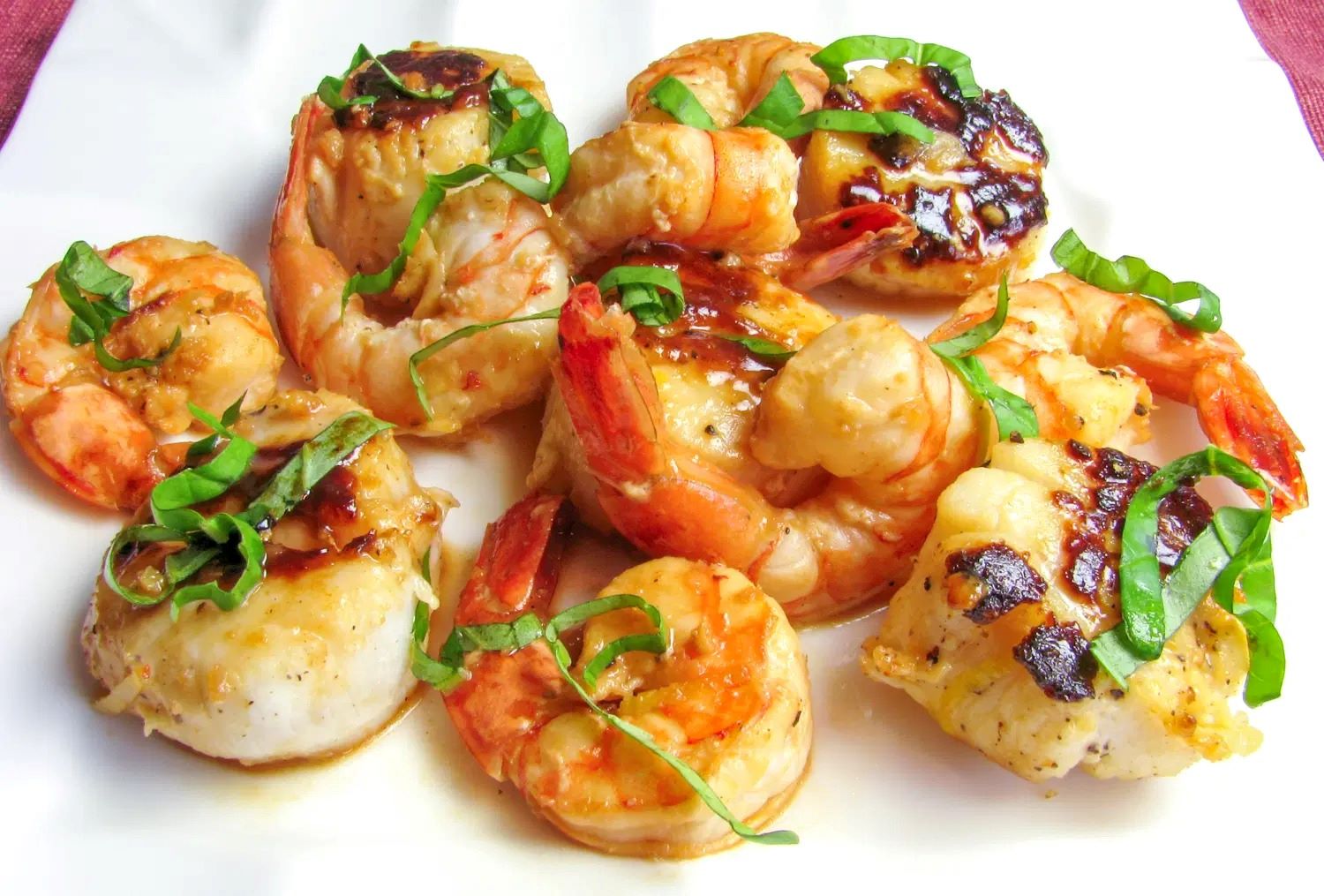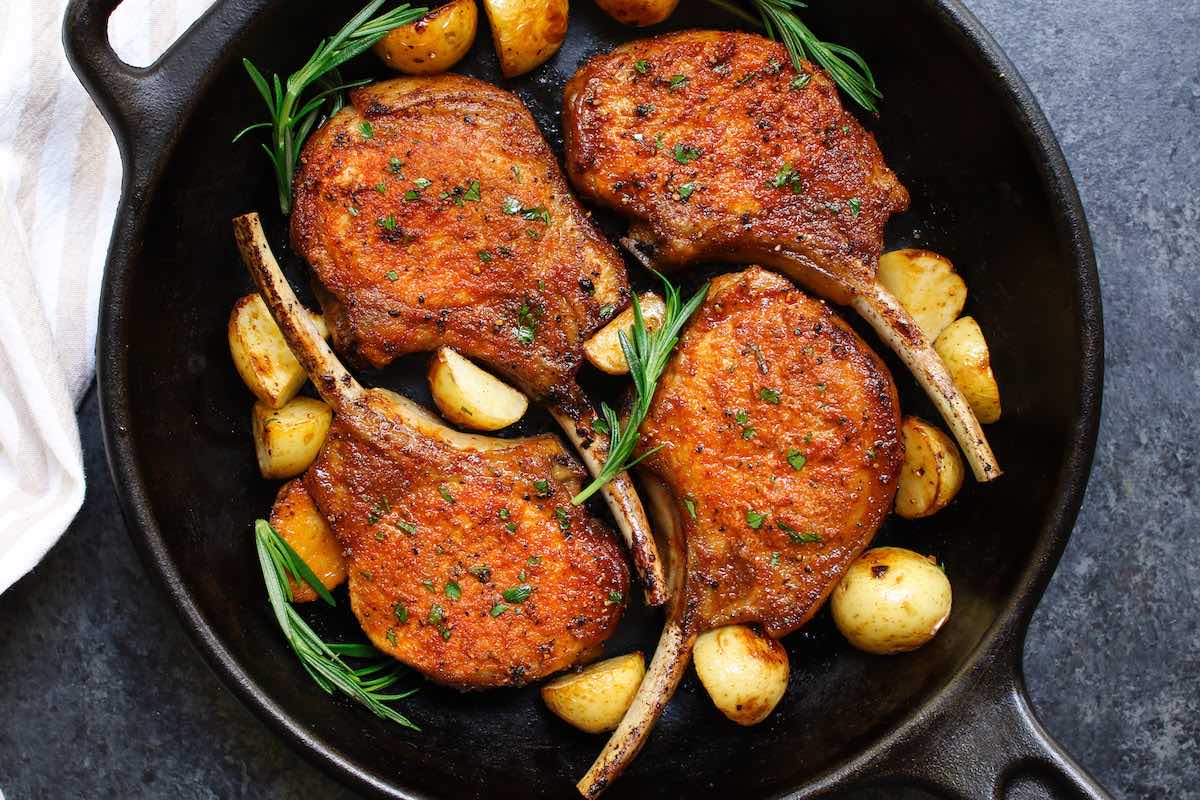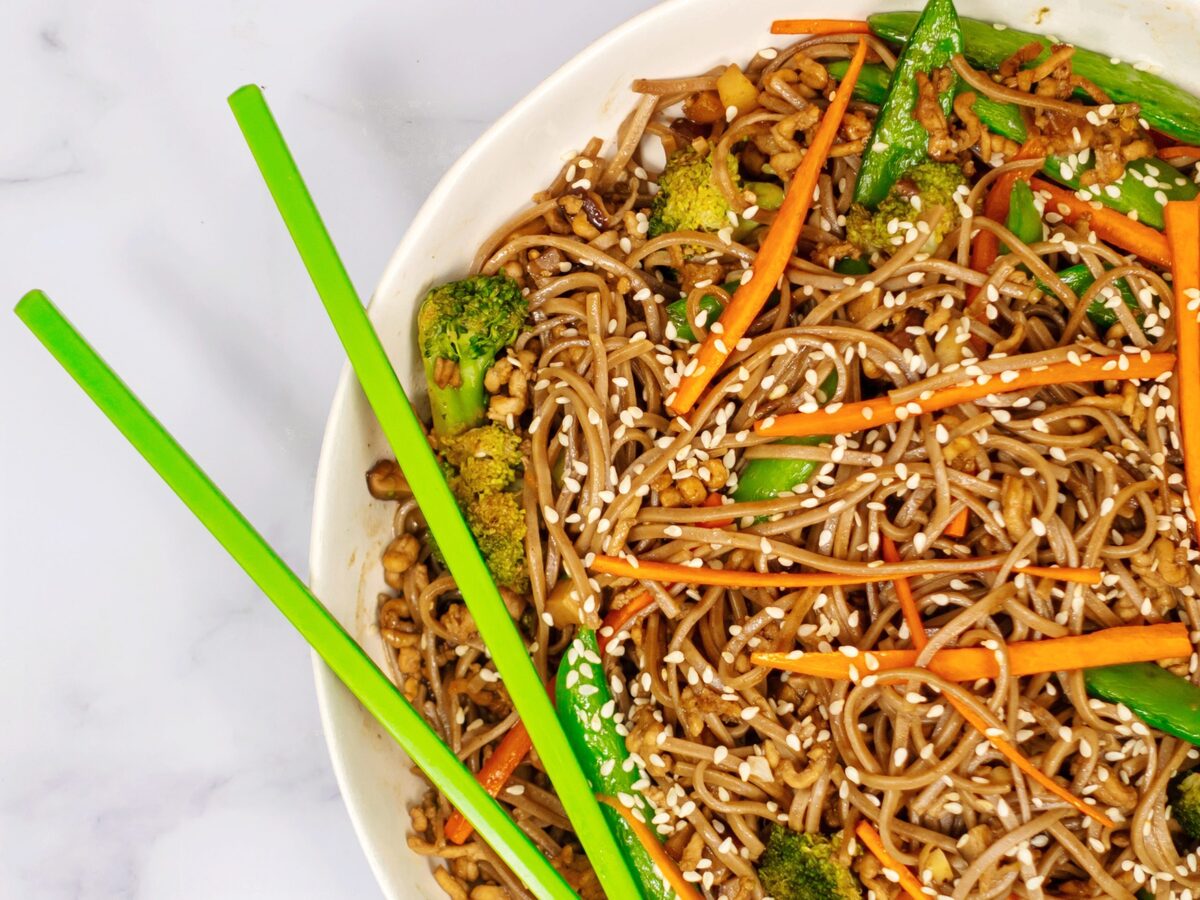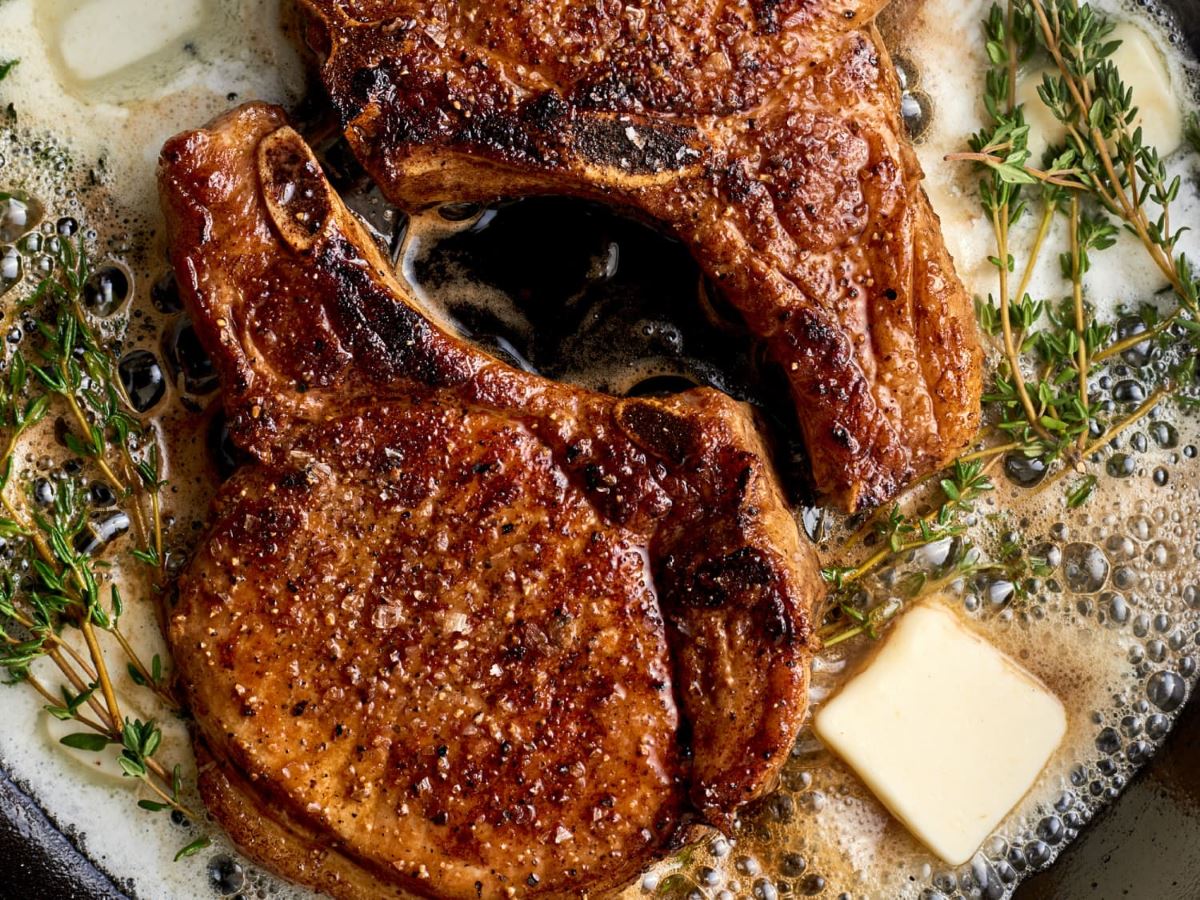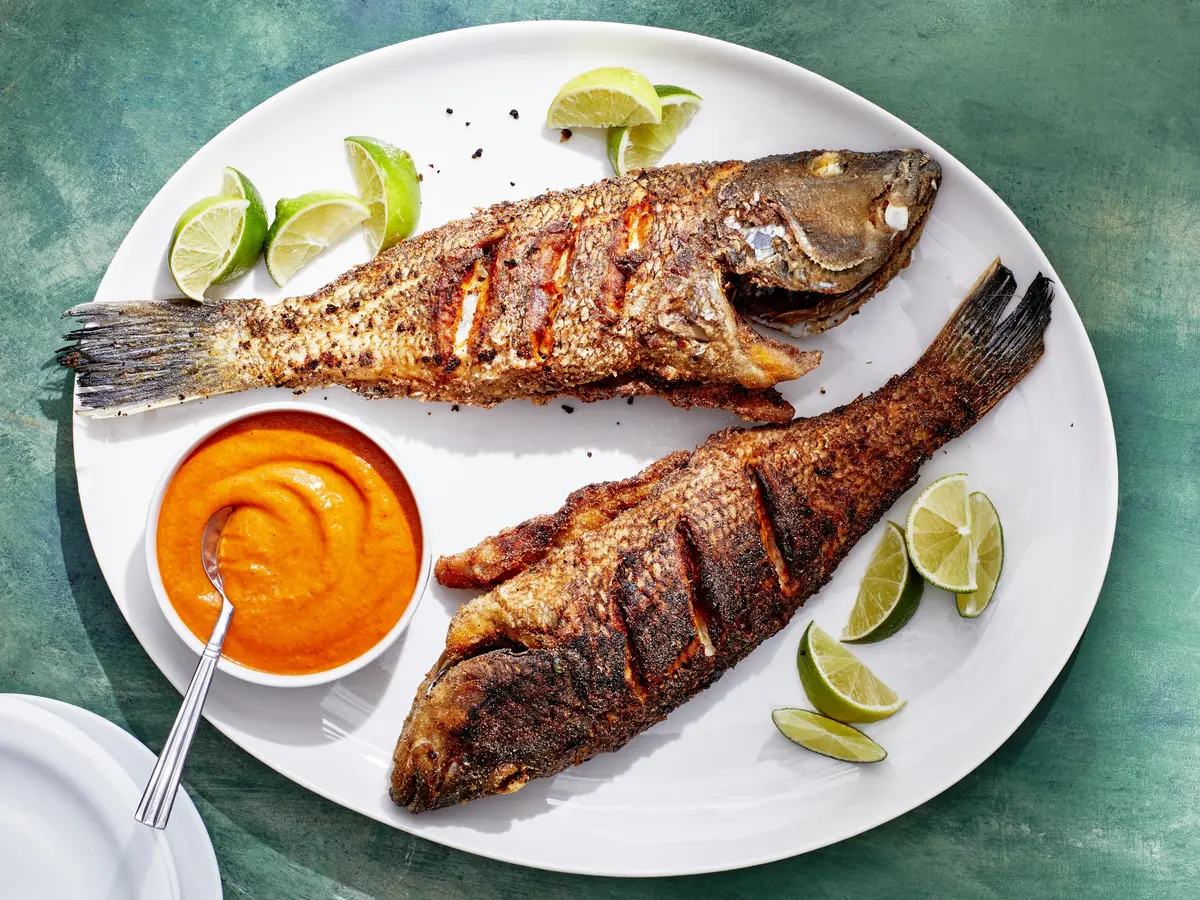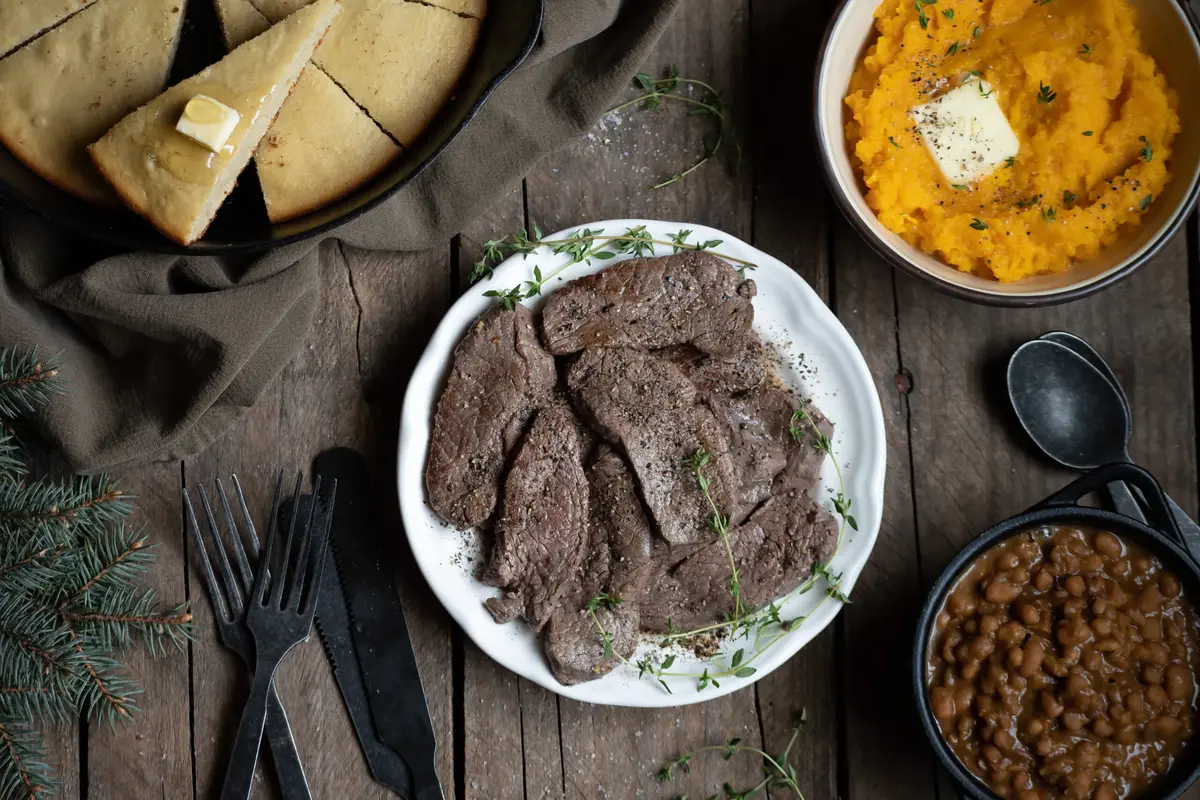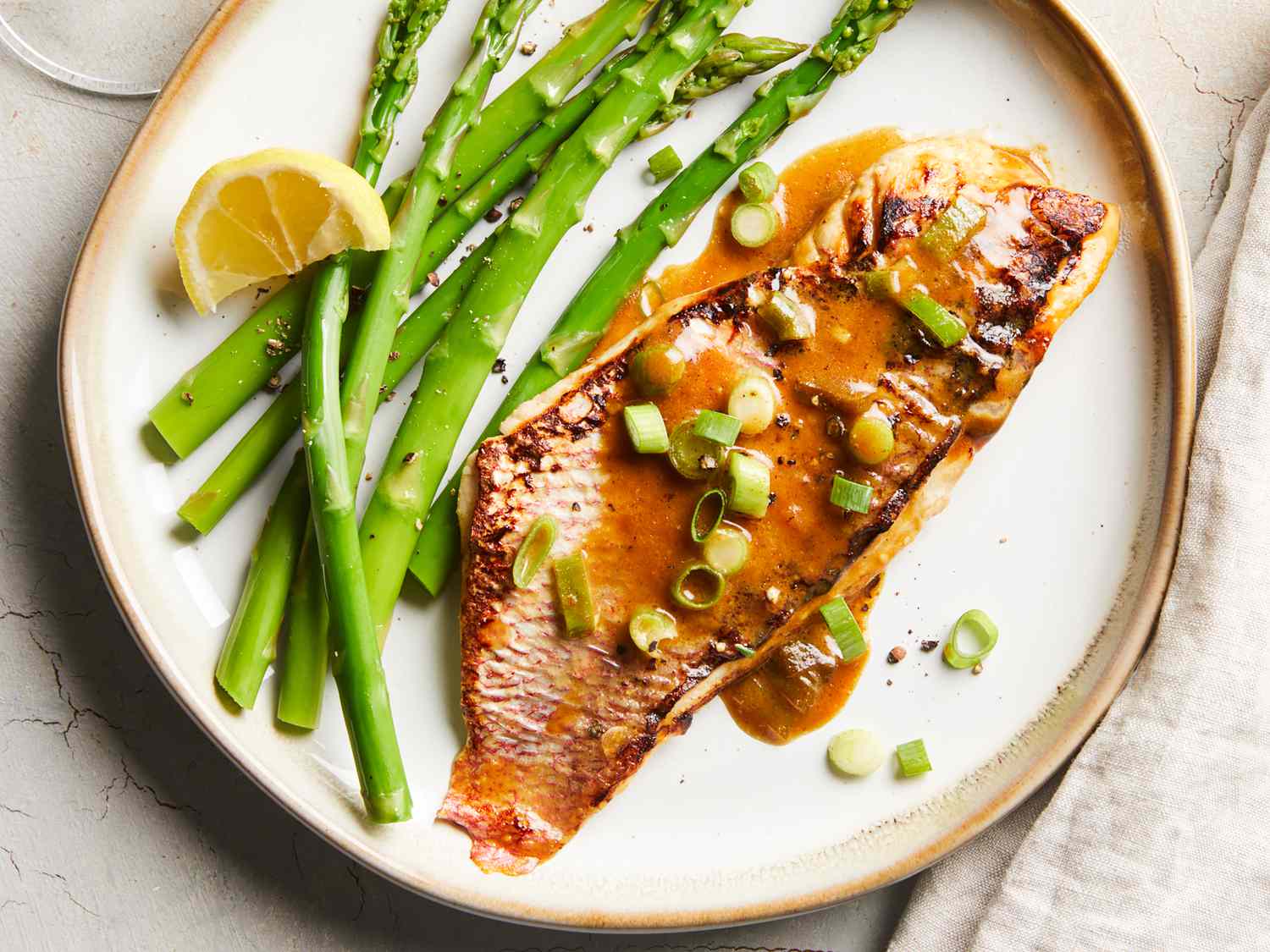Make Your Veggies Sizzle with the Perfect Frying Technique
Are you tired of the same old boring way of cooking vegetables? If you’re looking to spice up your veggies and add a delectable crispy texture, then frying is the way to go! In this article, we will guide you through the art of frying veggies to perfection. Get ready to take your culinary skills to the next level!
Step 1: Choose the Right Veggies
The first step towards creating a mouthwatering fried veggie dish is selecting the right vegetables. Opt for sturdy vegetables that can withstand the heat of frying without turning mushy. Some excellent choices include:
- Broccoli
- Cauliflower
- Zucchini
- Green beans
- Bell peppers
Remember to wash and dry your veggies thoroughly before proceeding to the next step.
Step 2: Preparing the Veggies
Properly preparing your veggies is crucial for achieving that perfect crispy texture. Start by cutting your vegetables into bite-sized pieces or julienne strips to ensure even frying. If you like variety, mix and match different veggies for a colorful and flavorful combination.
Step 3: Heat Up the Oil
Choosing the right oil is essential for frying. Opt for oils with a high smoke point, such as vegetable or canola oil, as they can withstand high temperatures without breaking down. Heat the oil in a frying pan over medium-high heat until it reaches around 350°F (175°C).
Step 4: Coating the Veggies
Coating your veggies before frying will help them develop that coveted crispy outer layer. You have a few options when it comes to coating:
- Flour Coating: Dust your veggies with all-purpose flour, ensuring all sides are evenly coated.
- Bread Crumb Coating: Dip your veggies into beaten eggs, gently shake off any excess, and then coat them with bread crumbs.
- Batter Coating: Prepare a light batter by combining flour, cornstarch, and water. Dip your veggies into the batter and let any excess drip off.
Step 5: Fry Until Golden and Crispy
Once your veggies are coated, it’s time to fry them to perfection. Carefully place a batch of coated veggies into the hot oil, ensuring not to overcrowd the pan. Fry them until they turn golden brown and crispy, which should take around 2-3 minutes per side. Use a slotted spoon or tongs to transfer them to a paper towel-lined plate to drain any excess oil.
Step 6: Season and Enjoy
Finally, season your delicious fried veggies with a sprinkle of salt, pepper, or your favorite seasoning blend. Serve them immediately, while they are still hot and crispy. These flavorful fried veggies make a fantastic side dish, or you can even incorporate them into wraps, stir-fries, or salads.
Now that you know the secrets to perfecting the art of frying veggies, it’s time to put your newfound knowledge into action. Experiment with different veggies, coatings, and seasonings to create unique and delicious dishes. Remember, practice makes perfect, so keep honing your frying skills and enjoy the crispy goodness of fried veggies!
Was this page helpful?
Read Next: How To Fry Shredded Hash Browns
